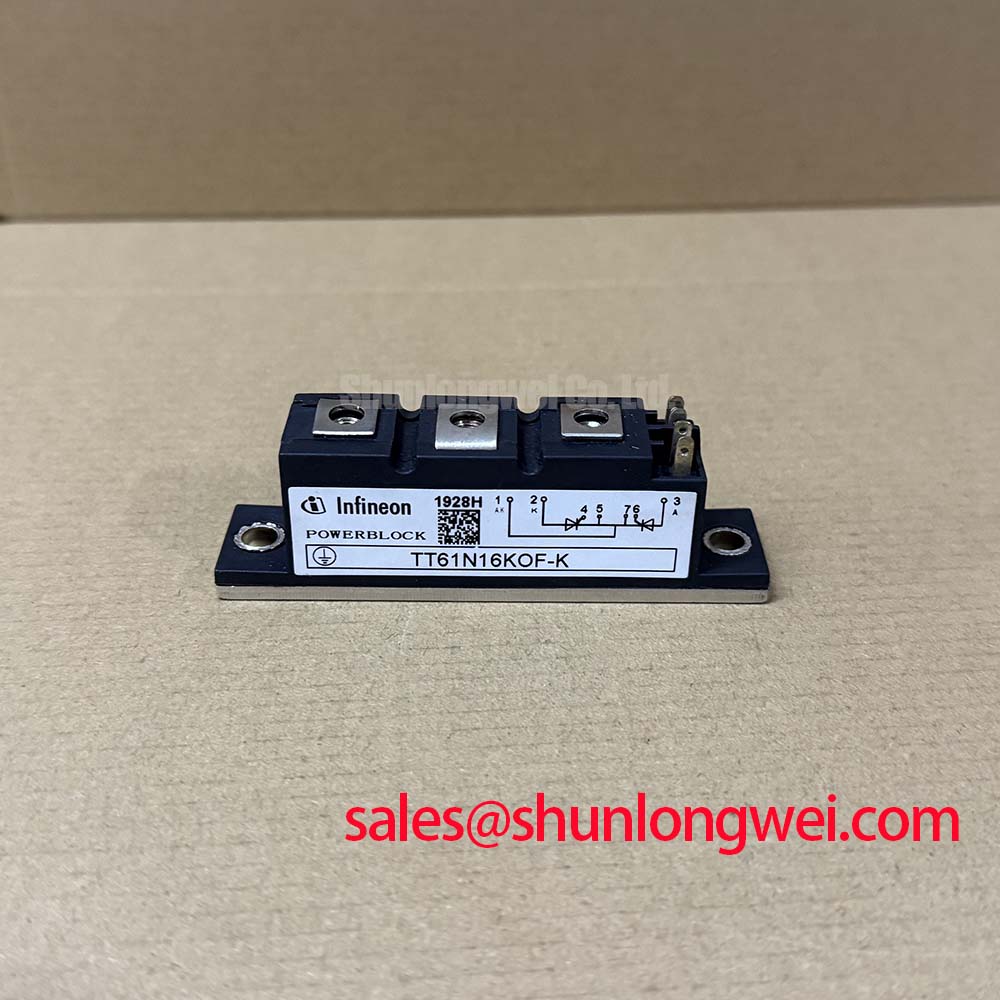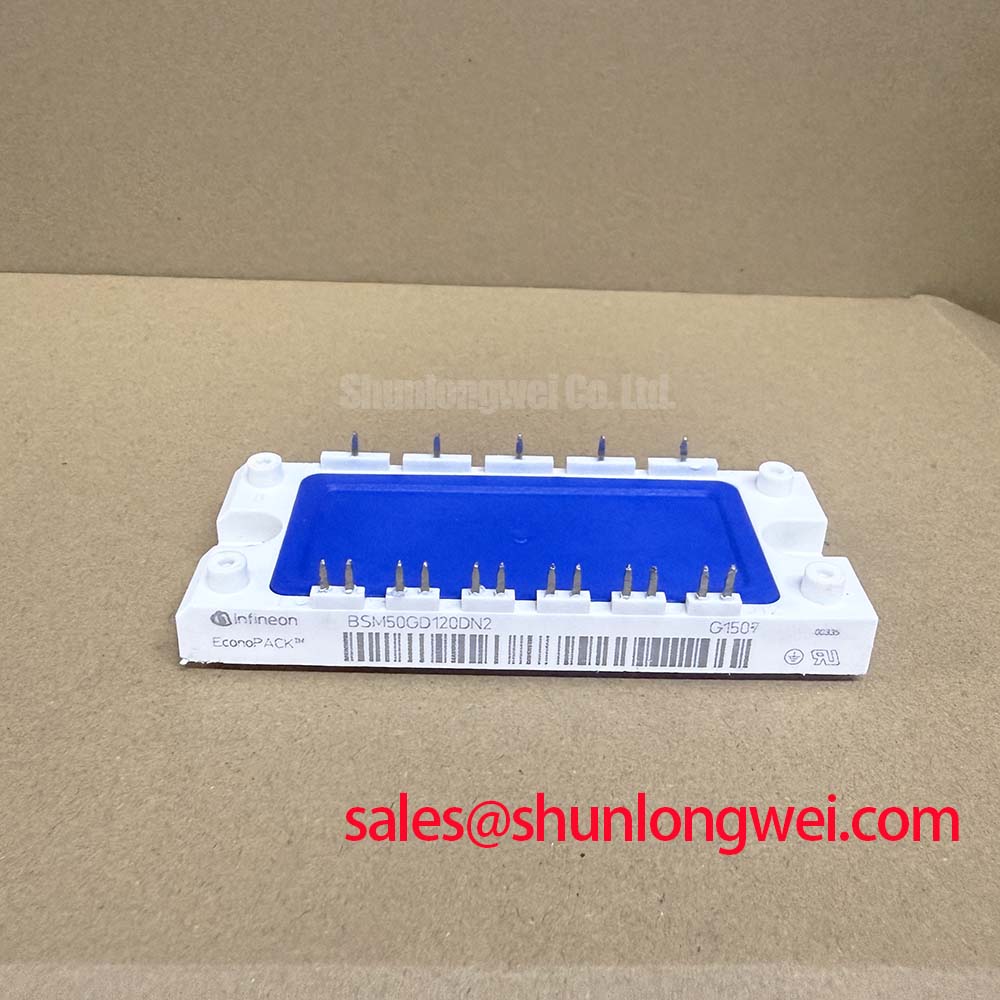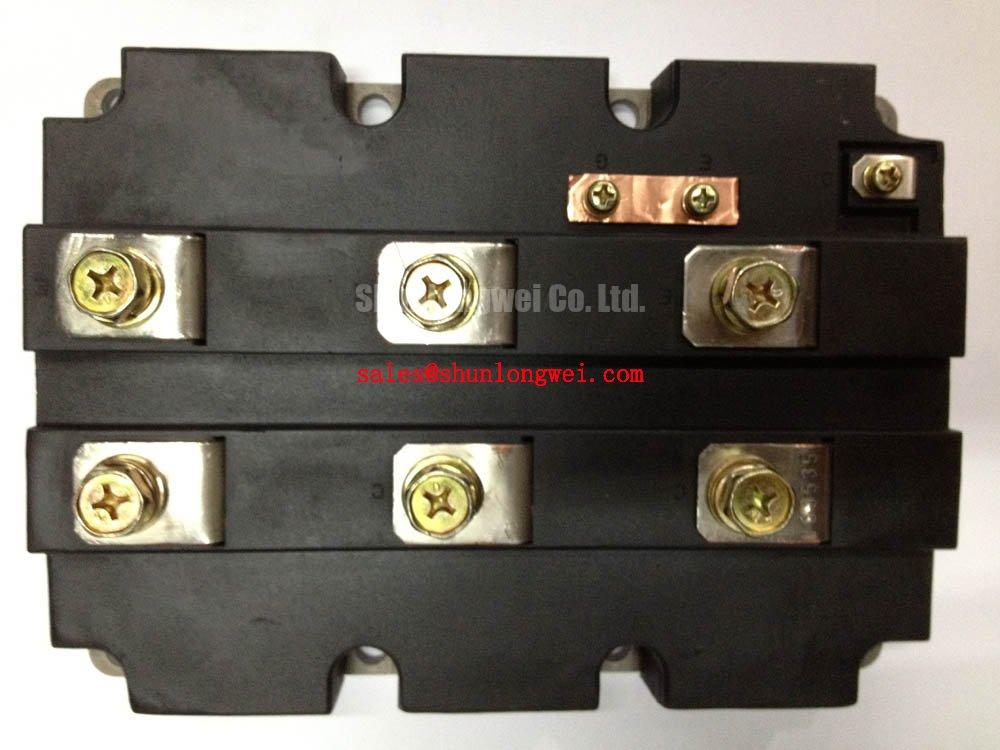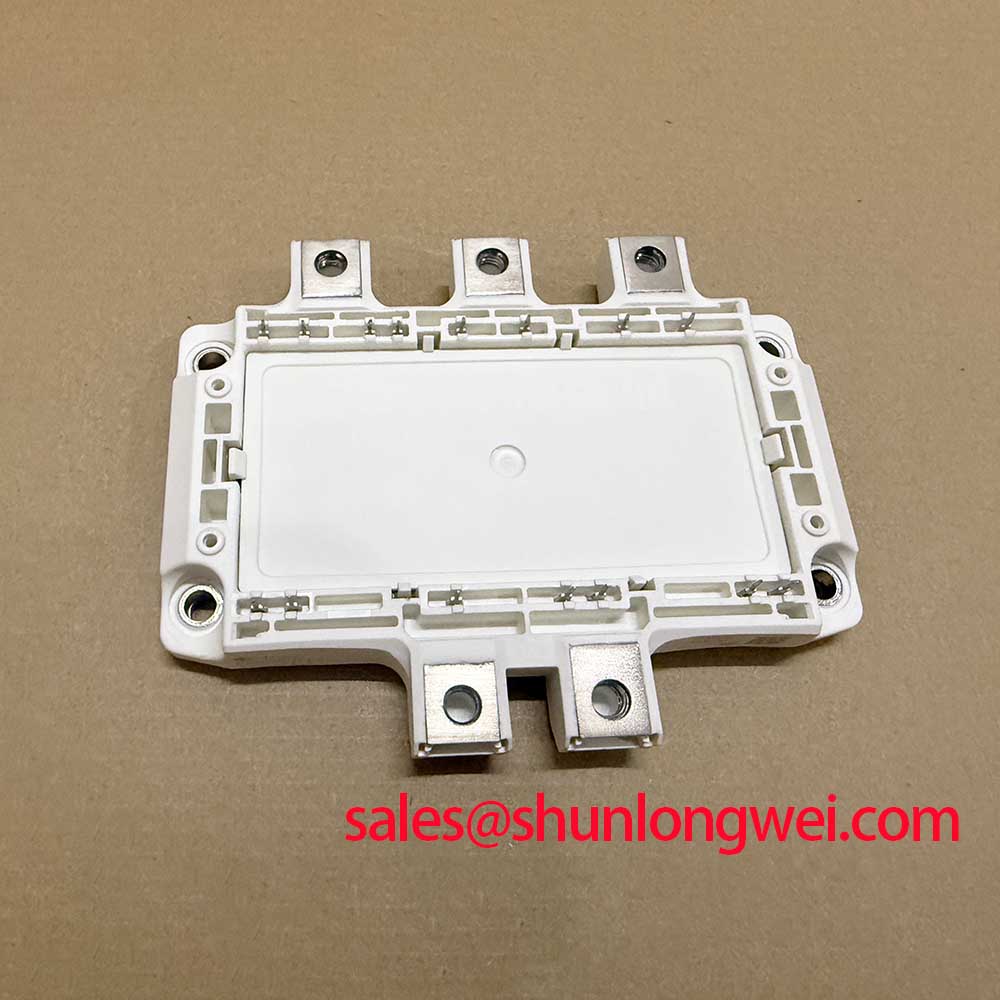TT61N16KOF-K Thyristor Module: Datasheet & Specs Analysis
Engineered for unwavering thermal performance, the Infineon TT61N16KOF-K Thyristor Module leverages pressure contact technology to deliver exceptional operational longevity in demanding power control systems. It integrates two thyristors in a series pair configuration with a common cathode. With core specifications of 1600V | 60A | Tvjmax 125°C, this module provides superior thermal cycling capability and robust mechanical design. This construction directly addresses the engineering challenge of solder fatigue, a primary failure mode in conventional power modules, by creating a more reliable and durable electrical and thermal interface.
Strategic Advantages of Long-Term Thermal Stability
In high-power rectification and control, the ability to predictably manage heat over years of service is a cornerstone of system reliability. The TT61N16KOF-K is built around a design philosophy that prioritizes this long-term stability. The module's pressure contact system is central to this approach. Unlike soldered modules that can degrade under repeated thermal expansion and contraction, the pressure-based connections maintain their integrity, ensuring consistent thermal and electrical performance. This inherent robustness translates to a lower total cost of ownership, as it minimizes maintenance cycles and reduces the likelihood of premature field failures, particularly in equipment subject to frequent on/off cycles or fluctuating load conditions.
Applications Demanding Unwavering Rectification
The robust thermal and electrical characteristics of the Infineon TT61N16KOF-K make it a suitable component for a range of industrial power conversion applications where reliability is paramount. Its 1600V blocking voltage provides a substantial safety margin for systems operating on 400V, 480V, and even 690V AC lines, making it a versatile choice for global deployments.
- Controlled Rectifier Bridges: Forms the core of controlled front-end rectifiers for industrial drives, providing precise DC voltage regulation.
- AC Motor Soft Starters: Enables smooth ramp-up of motor speed by gradually increasing the voltage, reducing mechanical stress and inrush currents. For higher current requirements in similar applications, the TT162N16KOF provides an increased current handling capability within a comparable voltage class.
- Industrial Heating and Welding: Provides the robust power control needed in resistance welding machines and induction heating systems, which often involve pulsating loads.
- DC Power Supplies: Serves as a reliable rectification stage in high-current DC power supplies for industrial processes.
Best Fit Scenario: For industrial AC soft starters operating on 480V lines where minimizing maintenance due to thermal cycling fatigue is a primary design goal, this module's pressure contact design presents a distinct advantage over soldered alternatives.
Comparative Data for System Design
When evaluating power modules, design engineers must compare key parameters to ensure the selected component aligns with system requirements. The TT61N16KOF-K presents a specific set of characteristics for consideration. The following is a factual comparison to provide data for your evaluation process. Note that selection criteria depend heavily on the specific application's priorities, such as switching frequency, thermal management strategy, and mechanical constraints.
For systems that require a different configuration or a higher level of integration, designers might also evaluate components like the SKKD162/16, which is a diode/thyristor module. Always consult the official datasheets to validate that a component's dynamic and static characteristics meet the precise demands of your design.
Field-Proven Architecture in Power Control
The module's architecture is rooted in a well-established design that has demonstrated its effectiveness across countless industrial installations. The use of an isolated copper baseplate simplifies thermal management by providing a direct, low-resistance path for heat to be extracted by a heatsink. What is the primary benefit of its pressure-contact design? Enhanced long-term reliability by eliminating solder fatigue. This feature, combined with its high insulation voltage (3000 V~), ensures both safe operation and straightforward integration into larger power assemblies, adhering to industry standards for electrical isolation and mechanical form factor.
A Closer Look at Pressure Contact Mechanics
The defining feature of the TT61N16KOF-K is its implementation of Infineon's pressure contact technology. This design methodology eliminates the solder layers typically found between the semiconductor die and the baseplate. Instead, a precisely engineered clamping mechanism applies uniform pressure to ensure a stable, void-free connection. This mechanical approach offers two critical engineering benefits:
Understanding this core technology is essential for any engineer looking to build highly reliable power systems. For a deeper understanding of power component principles, further reading on the importance of thermal resistance (Rth) can provide valuable context.
Key Performance Specifications
Engineers evaluating the TT61N16KOF-K for their designs should note the following key parameters, which directly influence its performance in power conversion circuits. These metrics are fundamental for thermal calculations, gate drive design, and fault protection strategies.
| Parameter | Value |
|---|---|
| Repetitive Peak Off-State Voltage (VDRM / VRRM) | 1600 V |
| Average On-State Current (ITAV @ Tc=85°C) | 60 A |
| RMS On-State Current (ITRMS) | 120 A |
| Max. Junction Temperature (Tvj max) | 125 °C |
| Gate Trigger Current (IGT, typ.) | 150 mA |
| Isolation Test Voltage (VISOL) | 3000 V (RMS, 50 Hz, 1 min) |
Frequently Asked Technical Questions
1. What is the primary advantage of the pressure contact design in the TT61N16KOF-K compared to standard soldered modules?The main benefit is significantly improved reliability and operational lifetime, especially in applications with frequent temperature fluctuations. By eliminating solder layers, which are a common point of fatigue and failure, the pressure contact system maintains a consistent electrical and thermal connection over a much longer period, reducing maintenance and enhancing system uptime.
2. How does the 1600V VDRM rating impact system design for 480V AC applications?A 1600V rating provides a substantial safety margin for line-operated applications. For a 480V RMS AC line, the peak voltage is approximately 679V. The 1600V rating offers robust protection against transient overvoltages common in industrial environments, contributing to a more resilient and reliable end product. This high blocking voltage is a key factor detailed in guides on decoding power module datasheets.
3. What are the mounting force requirements for this pressure contact module?Proper mounting is critical for achieving the specified thermal and electrical performance. It is essential to consult the official manufacturer's datasheet for the specific clamping force (typically specified in kilonewtons, kN) and torque requirements for the mounting bolts. Using a calibrated torque wrench and following the recommended tightening sequence is mandatory to ensure uniform pressure and prevent damage to the module.
Future-Proofing Power Systems
As industrial automation and energy systems demand higher levels of reliability and efficiency, the underlying component technology must evolve. The TT61N16KOF-K, with its focus on mechanical and thermal robustness, represents a strategic choice for designers building systems intended for long-service life. Its architecture directly confronts the physical wear-out mechanisms that affect conventional modules, paving the way for power converters and controllers that not only meet today's performance standards but are also engineered to withstand the operational rigors of tomorrow's industrial landscape.














